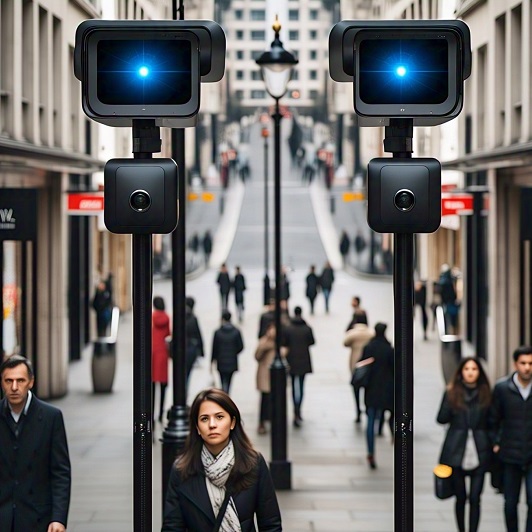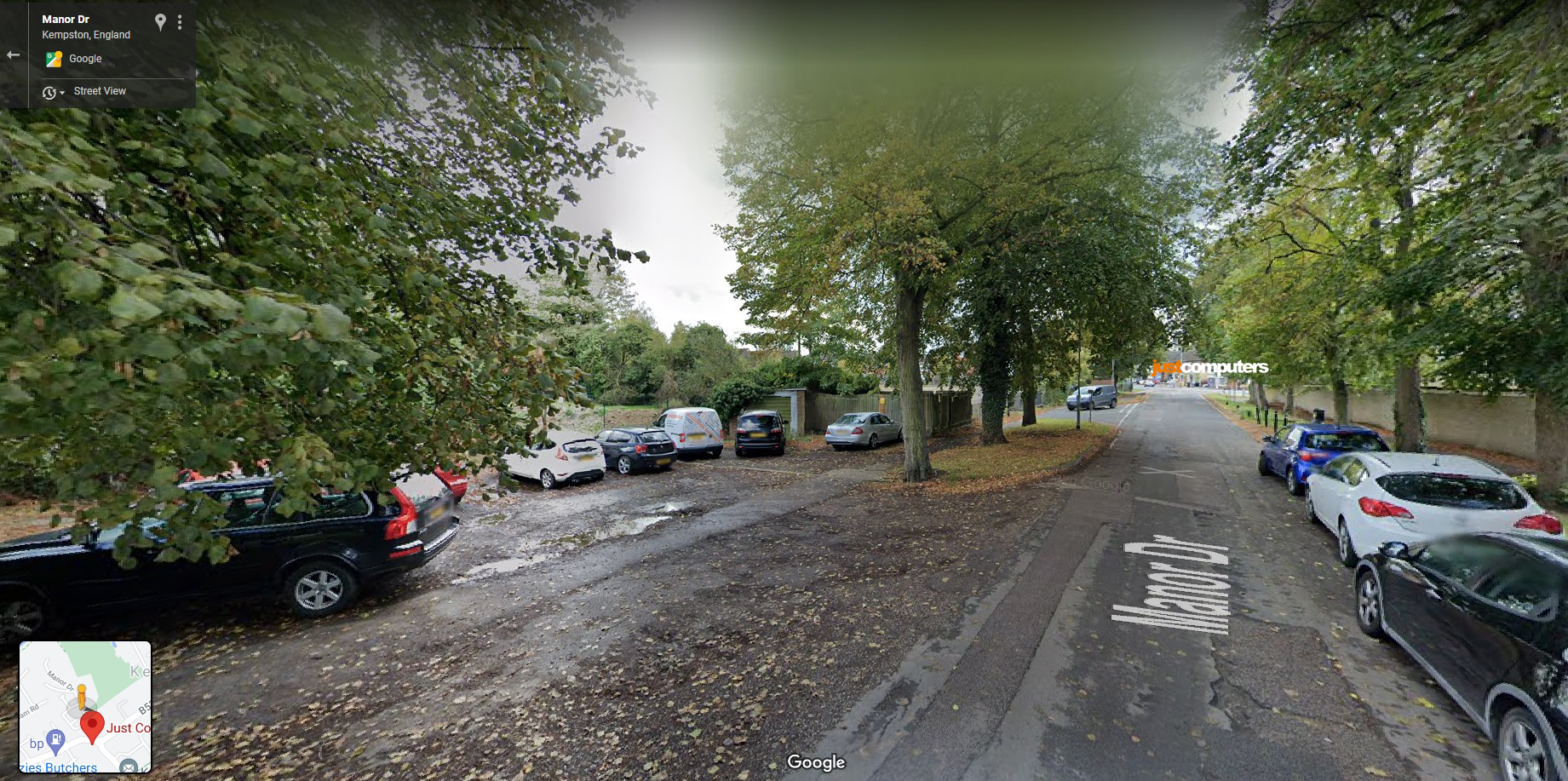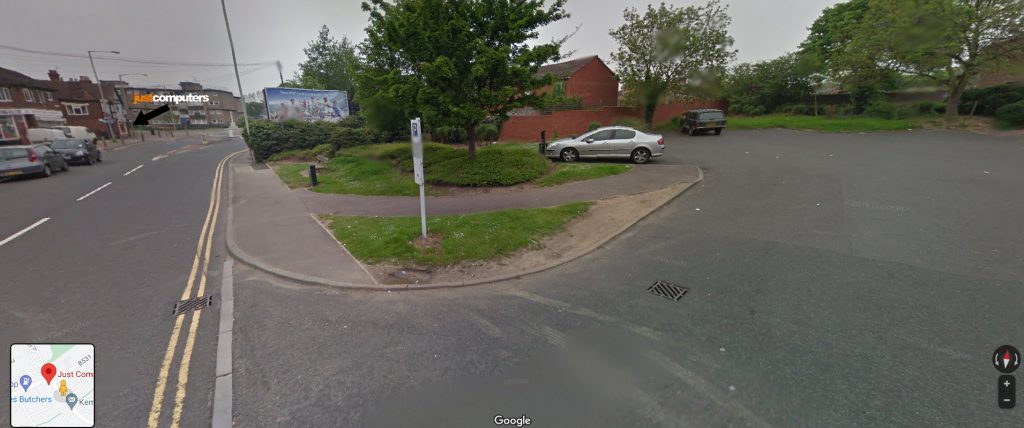
It’s been reported that Croydon is set to become the first place in the UK (and possibly the democratic world) to host permanent live facial recognition (LFR) cameras on its streets.
Two Fixed Units This Summer
The Metropolitan Police has confirmed the installation of two fixed units in the town centre this summer, the first fixed deployment of the technology in the UK.
What Is Live Facial Recognition and How Does It Work?
Live facial recognition (LFR) technology uses cameras to scan the faces of people passing through a defined area in real time. The images are instantly compared against a police watchlist, which may include suspects, wanted criminals, vulnerable individuals, and even victims of crime.
If a match is found, an alert is sent to nearby officers who are on standby and ready to make an arrest. If there is no match or the alert turns out to be a false positive, the captured image is deleted.
The Met insists the system is accurate, quoting a false match rate of less than one percent during its mobile van trials across London. However, as this tech becomes fixed and potentially more widespread, questions are being raised about its reliability, legality, and ethical implications.
Why Croydon, and Why Now?
Croydon has long struggled with violent crime. For example, the borough recorded more than 10,000 violent offences in a single year, making it one of London’s most crime-plagued areas. High-profile tragedies like the fatal stabbing of schoolgirl Elianne Andam outside the Whitgift Centre last year have amplified public concern.
It seems that this may well be the reason why the Met has chosen Croydon as the launch site for permanent LFR deployment. It’s been reported that the fixed cameras will be installed on North End and London Road (both busy pedestrianised streets) and mounted on lampposts and buildings. Crucially, the Met says the cameras will only be switched on when officers are present and ready to respond.
According to Superintendent Mitch Carr, the move will make LFR a “business as usual” policing tool, rather than relying on the availability of roving LFR vans. “It will give us much more flexibility around the days and times we can run the operations,” he told community leaders earlier this month.
What Are the Claimed Benefits?
The Met claims that the technology is already proving its worth. For example, last year, mobile facial recognition units reportedly led to over 500 arrests across London, including the identification of suspects wanted for stalking, domestic abuse and rape. In Croydon alone, about 200 arrests were linked to LFR use, including at least two alleged rapists.
Supporters argue that fixed cameras will enhance public safety and act as a powerful deterrent to criminals. Croydon South MP Chris Philp, who also serves as the Conservative Shadow Home Secretary, called the move a “logical next step”. In a recent interview with The Times he was quoted as saying: “Those few people opposing this technology need to explain why they don’t want wanted criminals to be arrested.” It’s been reported that for some residents, the technology is a welcome intervention.
But What Are the Critics Saying?
Despite the police’s reassurances, the move has ignited fierce opposition from privacy campaigners and civil liberties groups.
Big Brother Watch, a leading advocacy group, is particularly scathing. Its interim director, Rebecca Vincent, called the Croydon deployment “an alarming expansion of the surveillance state” and part of a “steady slide into a dystopian nightmare”.
She added: “It also underscores the urgent need for legislative safeguards on LFR, which to date has not been addressed in any parliamentary legislation.”
One of the key criticisms is the absence of clear regulation. There is no UK law specifically governing the use of LFR technology, meaning that police forces are left to write their own policies on how it should be used.
Big Brother Watch also points to real-world examples of things going wrong, i.e. cases of mistaken identity by the camera systems. For example, one such case involved Shaun Thompson, an anti-knife crime campaigner who was wrongly identified as a suspect at London Bridge station. He was detained for nearly 30 minutes despite presenting multiple forms of ID proving he was not the wanted individual.
Madeleine Stone, Senior Advocacy Officer at the group, said: “Everyone gets something wrong sometimes, but what happens when the algorithm gets it wrong? Who is responsible then?”
Even more concerning, critics say, is the makeup of the ‘police watchlists’. These reportedly include not only suspects but also victims and vulnerable individuals, thereby blurring the line between surveillance and profiling.
Legality and Oversight Still in Question
The introduction of permanent facial recognition cameras comes at a time when the legal framework around the technology remains unclear. For example, a House of Lords committee recently expressed “deep concern” over its unregulated use and campaigners have called for Parliament to intervene.
In contrast, the government seems to be doubling down. The current Labour administration recently launched a £20 million fund to expand LFR use across UK police forces.
Despite this political momentum, critics remain unconvinced. Big Brother Watch recently filed legal action in response to what it calls an “unprecedented expansion” of facial recognition surveillance in both public and private sectors.
The group has warned that the Cardiff trial during the Six Nations tournament, where over 160,000 people were scanned and no arrests made, shows that mass surveillance doesn’t always yield results. In that instance, temporary LFR cameras were deployed throughout the city centre, but the operation failed to identify any wanted suspects.
Is the Technology Effective or Just Theatrical?
The core question for many people remains whether permanent facial recognition cameras will genuinely help tackle crime or whether the move is more about public reassurance and political point-scoring, i.e. more of a theatrical gesture than a real, practical solution.
Press reports about the subject (e.g. in the Metro) highlight how some Croydon residents clearly welcome the technology, particularly after years of rising violent crime and high-profile incidents in the town centre. With concerns about gang activity, knife crime and anti-social behaviour dominating local conversation, it’s no surprise that many see any effort to increase safety as a step in the right direction.
However, doubts persist. In a borough where offenders often wear masks, balaclavas or hoodies to obscure their identities, it’s unclear how effective facial recognition will actually be in real-world conditions. Some commentators have also noted how the fixed locations of the new cameras may also work against them once people know where the cameras are, avoiding them could be as simple as taking a different route.
What This Could Mean For Your Business?
The decision to install permanent facial recognition cameras in Croydon isn’t just a local policing initiative – it’s the first real test of whether this kind of surveillance can be embedded into everyday British life. With no specific laws governing its use, and police forces writing their own rules, the move exposes a major gap in oversight that lawmakers have so far failed to address.
If the technology proves effective, it could pave the way for wider adoption in other towns and cities, which would bring facial recognition into regular public and commercial spaces. For UK businesses, particularly those in high-footfall retail or transport hubs, that might mean closer partnerships with police or even the rollout of their own systems. However, this could raise fresh challenges around data protection, customer consent, and reputational risk, especially as public awareness of privacy rights continues to grow.
For residents and civil liberties groups, the concern is not just how the technology works, but also how it’s controlled, and who gets to decide where the limits lie. As Croydon essentially becomes the UK’s surveillance testbed, its experience will likely shape future policy, public trust, and the broader role of biometric surveillance in Britain’s urban life. Whether it’s a breakthrough or a step too far, the rest of the country is now watching closely.




